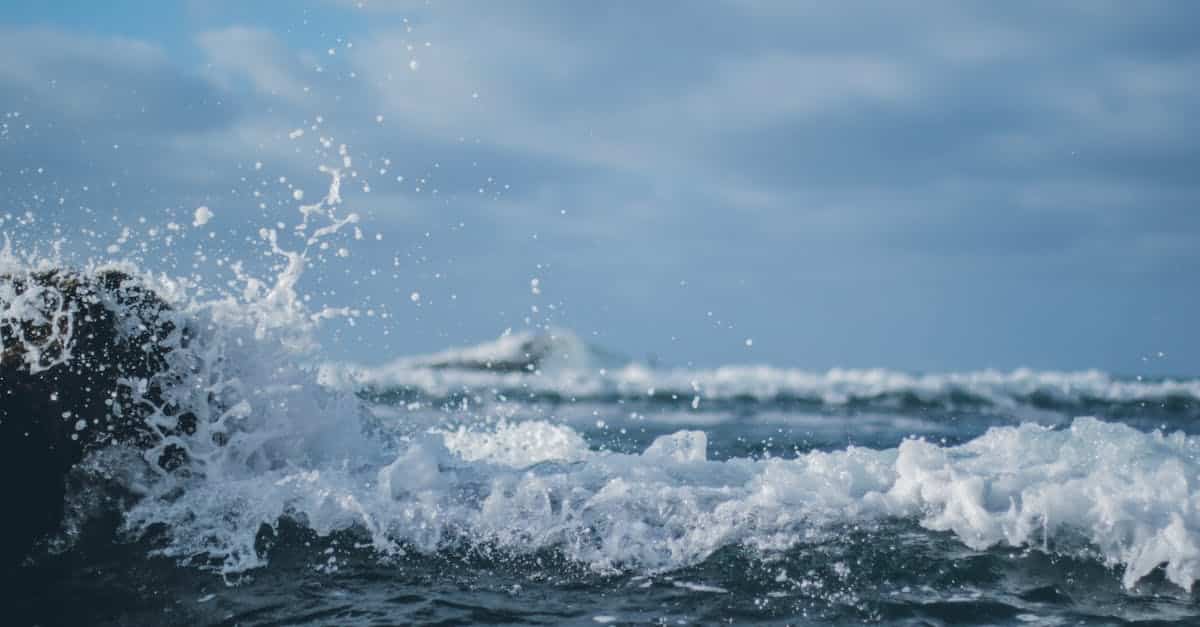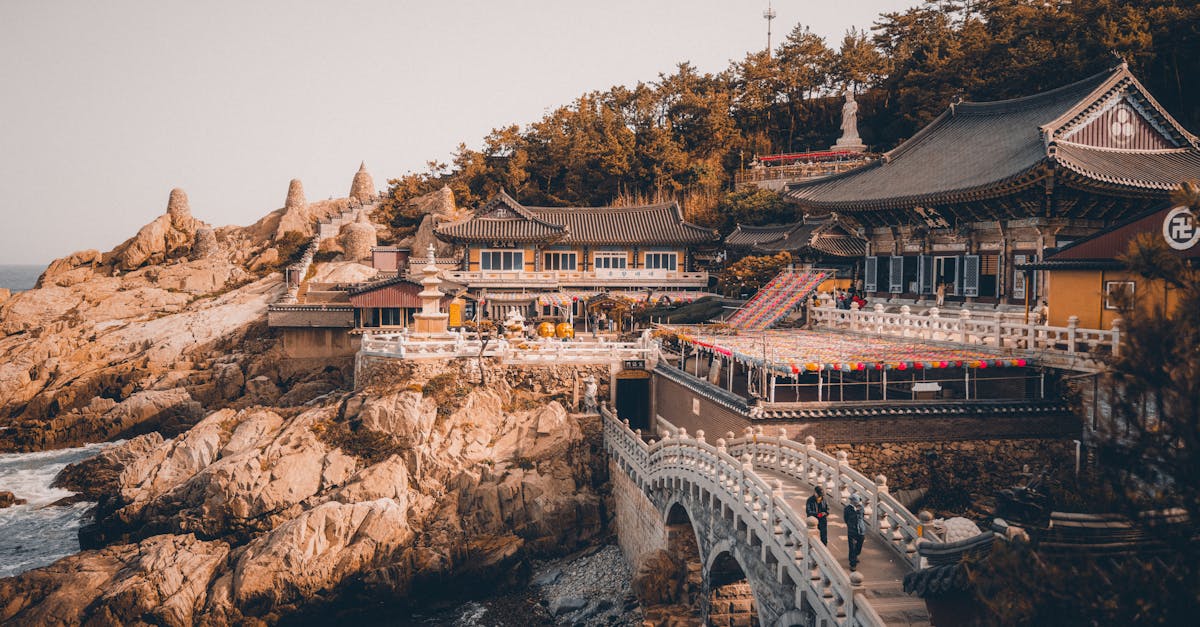|
IN SHORT
|
Ah, Cuba… Its white sand beaches, its old colorful buildings, its captivating music, and of course, its rum! If you are planning a trip to this charming country, you are probably wondering where to start planning your stay. Don’t panic, I’m here to help you plan the perfect trip to Cuba, without forgetting anything!
Do you dream of pristine beaches, intoxicating salsa music and retro cars? Cuba is the ideal destination for you. But before letting yourself be seduced by the charms of this captivating country, you must prepare your trip well. Between paperwork, booking accommodation, and planning your itinerary, there’s a lot to think about. In this article, we will guide you step by step so that your stay in Cuba is not only perfect, but above all unforgettable.
Administrative and health formalities
Before leaving for Cuba, make sure that all your papers are in order. Otherwise, your adventure could be cut short at the airport.
The tourist visa
The first thing to check is your tourist visa. To enter Cuba, you will need this precious sesame, also called a “tourist card”. It is valid for 30 days and can be renewed once for the same period. You can get it from Cuban consulates, travel agencies or sometimes even online. Don’t forget to fill it out carefully and keep it safe throughout your stay.
Passport
Your passport must be valid for at least six months after your expected return date. Be sure to check this information well before booking your flight.
Travel and health insurance
Finally, it is imperative to subscribe to a travel insurance covering medical costs and repatriation. You will need to present proof of insurance upon arrival in Cuba. In terms of health, no vaccination is mandatory, but it is always advisable to check health recommendations and update your basic vaccinations.
Booking flights and accommodation
Now that you have all your documents in hand, it’s time to think about flights and accommodation.
Flights to Cuba
The first thing to do is to book your flight to Cuba. Several airlines serve Havana and Varadero from Europe and North America. Prices can vary significantly depending on the season, so it is advisable to book well in advance to get the best rates. Once your flight is booked, keep an eye out for updates or possible changes to avoid any unpleasant surprises.
Select accommodation
In Cuba, accommodation options are many and varied, ranging from luxury hotels to charming special cases (rooms in private homes). If you want an authentic experience, opt for a casa particular. This will not only allow you to live like a local, but also directly support Cubans. Be sure to book in advance, especially if you are traveling during peak season (December to March and July to August).
Prepare your itinerary
Cuba is an island rich in history, culture and picturesque landscapes. To fully enjoy it, it is essential to plan your itinerary carefully.
Discovery of Havana
Start with Havana, the vibrant capital of Cuba. Stroll the cobblestone streets of Old Havana, visit the museums and art galleries, and don’t miss a ride in an old American car. Havana’s nightlife is also very lively with its salsa clubs and cocktail bars.
Exploring Vinales
Then leave for Vinales, a small town in a green valley. It’s the perfect place to hike, visit tobacco plantations and learn how the famous Cuban cigars are made. The landscape is breathtaking, with its spectacular mogotes (karst hills).
Seaside stay in Varadero
For a little relaxation, head to Varadero and its white sand beaches. It is the perfect place to relax, go diving or do water activities. There are numerous hotel complexes there, offering all the comfort necessary for a relaxing stay.
Trip to Trinidad
Continue with Trinidad, a beautifully preserved colonial town. Its cobbled streets, colorful houses and retro atmosphere will transport you back in time. Be sure to visit the Valle de los Ingenios and the nearby beaches of Playa Ancón.
| Before the journey | Find out about administrative formalities |
| Check the validity of your passport | |
| Check necessary vaccinations | |
| During the trip | Carry cash in case of problems with the bank card |
| Bring light clothing for the hot climate | |
| Become familiar with local customs to avoid misunderstandings |
Planning the trip to Cuba
| Stage | Advice |
| Choose the period | Favor the dry season from November to April to avoid hurricanes. |
| Get a visa | Check the procedures for obtaining a tourist visa for Cuba. |
| Book accommodation | Opt for Casa Particular to live an authentic experience. |
| Discover the must-see sites | Don’t miss Havana, Trinidad, Viñales and Varadero beach. |
| Learn about currency | Bring Cuban pesos for small purchases and foreign currency for major expenses. |
| Getting to know the culture | Learn a few words of Spanish and read up on the history of Cuba. |
| Provide travel insurance | Make sure you are covered in the event of a health problem or repatriation. |
| Packaging | Don’t forget sunscreen, an adapter and a travel guide. |
Budget and currency exchange
For a successful trip, it is crucial to manage your budget well and be prepared in terms of currency exchange.
Local currencies
Cuba uses two currencies: the UPC (Cuban peso) and the CUC (convertible peso). The CUP is for locals while the CUC is the main currency used by tourists. Make sure you understand this duality to avoid confusion. Exchange your money at official exchange offices (CADECA) or banks to get the best rate.
Establish a budget
It is advisable to budget generously for your trip to Cuba, as some things may cost more than expected. Meals in tourist restaurants, excursions and souvenirs can quickly add to the bill. A daily budget of 50-100 euros per person is a good estimate, but this may vary depending on your travel style.
Practical advice for a pleasant stay
Here are some tips to guarantee you a worry-free and fully successful stay in Cuba.
Language and communication
Learn some basics of Spanish Before leaving. Although many Cubans speak English, particularly in tourist areas, you will benefit greatly from being able to communicate at least in the local language. Additionally, Cubans will appreciate your efforts and be even more welcoming.
Getting around Cuba
For travel, several options are available to you: intercity buses, taxis and rental cars. THE Viazul bus are a good option for long distances. They are comfortable and relatively inexpensive. For more freedom, you can rent a car, but be aware that the roads can be in poor condition and poorly signposted.
Internet and electronic communication
Internet in Cuba is still limited and expensive. You will find WiFi points in high-end hotels and some public places where you can access the Internet by purchasing an access card. So take the time to disconnect and appreciate the authenticity of your trip without being constantly online.
The essential activities in Cuba
To make your trip memorable, don’t miss these emblematic activities that will make you discover the Cuban soul.
Dive into the waters of Playa Girón
There Playa Giron, also known as the Bay of Pigs, is an unmissable diving spot. Its crystal clear waters and rich marine biodiversity attract divers from all over the world. Whether you are a beginner or experienced, you will find diving sites adapted to your level.
Attend a Cuban music show
Music is the beating heart of Cuba. Don’t miss a concert of live music to discover salsa, son, mambo and many other Cuban musical genres. Clubs like La Casa de la Musica in Havana or Trinidad offer shows every night. Let yourself be carried away by the rhythm and don’t hesitate to hit the dance floor!
Visit a cigar factory
Cuba is famous for its cigars world famous. A visit to a cigar factory will allow you to understand the entire manufacturing process, from the tobacco plantation to the rolling of the cigars. You can even buy them directly on site, for guaranteed quality and authenticity.
Immerse yourself in Cuban history
The history of Cuba is rich and complex. Visit the Museum of the Revolution to Havana to learn more about the revolutionary period and its iconic figures like Fidel Castro and Che Guevara. In Santiago de Cuba, don’t miss the Emilio Bacardi Moreau Museum, which offers a fascinating insight into Cuban history and culture.
Cuban gastronomy: delicacies not to be missed
Let yourself be tempted by the unique flavors of Cuban cuisine. Here are some iconic dishes not to be missed.
The old clothes
THE old clothes is a dish of pulled meat, usually beef, simmered with tomatoes, peppers and onions. This flavorful dish is a staple of Cuban cuisine, often served with rice and black beans.
The congri
THE congri is a traditional dish of rice and red beans. This accompaniment is often served with grilled or roasted meats. The version with black beans is called moros y cristianos.
Seafood
Cuba being an island, the seafood are abundant and delicious. Don’t miss tasting the garlic shrimp (camriones al ajillo), grilled lobsters (langosta) or even grilled fresh fish. These dishes are often offered in paladares, private restaurants offering home cooking.
The desserts
For those with a sweet tooth, Cuban gastronomy also has something to delight you. Taste the flan (crème caramel), dulce de leche (milk jam) and candied guava, often served with cream cheese.
Souvenirs to bring back from Cuba
A memorable trip always ends with souvenirs to take home. Here are some authentic gift ideas to bring back in your suitcases.
Cuban cigars
One of the most emblematic souvenirs of Cuba is of course the Cuban cigars. Make sure to buy them from official stores to ensure their authenticity.
Cuban rum
Another essential, the Cuban rum will make a perfect gift for spirits lovers. The Havana Club and Santiago de Cuba brands are among the most famous. You can also bring back artisanal rum, for an even more authentic touch.
Cuban craftsmanship
Cuba is full of small markets where you will findlocal crafts : jewelry, ceramics, paintings and wooden objects. These are wonderful souvenirs of your Cuban adventure and a great way to support local artisans.
Cuban music
Consider purchasing Cuban music on CD or vinyl. It’s a great way to bring home the intoxicating rhythms of salsa, son cubano and other musical genres from the country.
Q: What are some things to remember when planning a trip to Cuba?
A: When planning a trip to Cuba, it is important to remember to check visa requirements, health and safety requirements, book accommodation in advance, make local travel arrangements and to take out adequate travel insurance.
Q: When are the best times to visit Cuba?
A: The best times to visit Cuba are generally between November and April, during the dry season. It is best to avoid hurricane season which runs from June to November.
Q: What are the must-see places to visit in Cuba?
A: Some of the must-see places to visit in Cuba include Havana, Trinidad, Viñales, Varadero, Santiago de Cuba and the beaches of Cayo Coco. You should also not forget to visit the valleys of the interior of the country and taste the local cuisine.
Q: What are some tips for making the most of your trip to Cuba?
A: To make the most of your trip to Cuba, it is advisable to learn about the culture and history of the country, learn a few words in Spanish, taste the culinary specialties, mingle with the local population and be surprised by Cuban music and dance.




